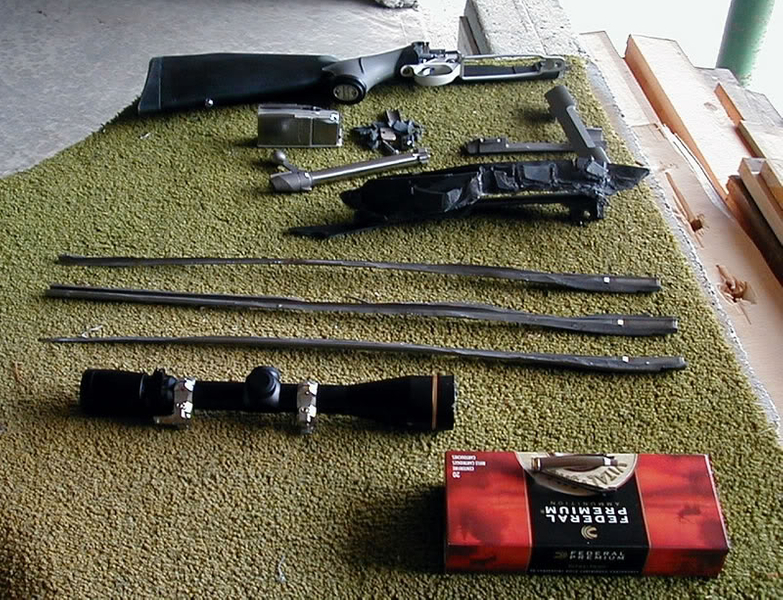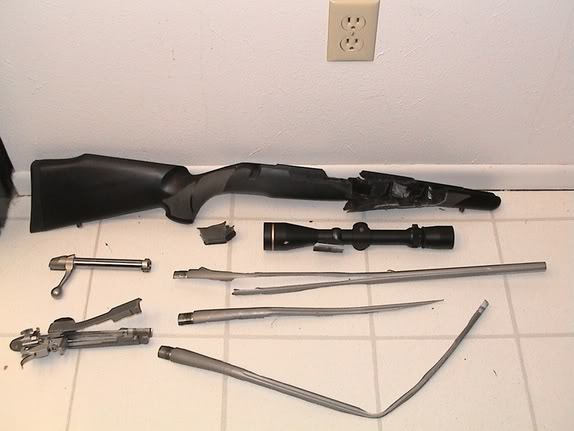@LeSving, I think what you are saying applies to the curve shown by @huv – that is, with a a lot of juvenile failures and few old-age ones. For a well-established mass production, it should be the other way around: the juvenile maximum would only be a little bit above the minimum achievable rate of failure, whereas the old-age one may go a lot higher.
I think new factory engines are pretty good nowadays – Lycoming at least. The scandals of past years (e.g. the crankshaft ADs, etc) left a big mark on the industry and it has had to bring in much better controls.
The overhauled ones are showing a big variation according to who did it, as always… and I’d say more so in Europe where most people who got a bad job done are too afraid to go public with it, so the bad eggs don’t get weeded out (sorry for the idioms  ).
).
The negative stuff I have heard about factory new engines was to do with slack tolerances, especially on balancing of various parts (matching piston weights to conrods, dynamically balancing crankshafts, etc).
Hi everyone,
I have been working for several aeronautical companies now ( at least 2 :P) and let’s be honest about new product development:
1) TBO (and maintenance tasks in general) are first scheduled by the service department to be sure to make money during the product service life.
2) Then comes safety who says what absolutely needs to be checked/changed at these intervals.
3) other discipline may also require some tasks to be performed.
As for the bathtub curve. This is a very generic behaviour and it makes more sense for components where you can ensure a controlled environment. An engine in a flight school will see many more cycles and much more abuse than an engine of a private aircraft doing long cruises.
I am very sceptical of the link provided by @huv as it completely omits the number of flown hours without accident. As there are many more flown hours before TBO than flown hours after TBO, 1 accident before TBO does not represent the same amount of risk than 1 accident after TBO…
But hey without data, it’s hard to tell…
Valtime wrote:
sceptical of the link provided by @huv as it completely omits the number of flown hours without accident
I agree that this is a very important consideration when viewing the numbers, and I even think that the article might be slightly over-selling the message generally. To be fair, however, the article never actually suggests that the accident numbers are directly indicative of the statistical risk.
Peter wrote:
The overhauled ones are showing a big variation according to who did it, as always… and I’d say more so in Europe where most people who got a bad job done are too afraid to go public with it, so the bad eggs don’t get weeded out (sorry for the idioms ).The negative stuff I have heard about factory new engines was to do with slack tolerances, especially on balancing of various parts (matching piston weights to conrods, dynamically balancing crankshafts, etc).
My opinion is that the details of failure (relatively) shortly after putting an engine together, whether new or overhauled, are not so important as the observation that human errors made in (re)building an engine appear within a relatively short time thereafter (200? 300? hours). I’m not aware of ANY evidence that there is increased risk beyond 1500-2000 hrs of operation, those being the normal TBOs of our engines. The data sample of engines operating in that area is minuscule compared to pre-TBO numbers which renders any comparison essentially meaningless. Any attempt to show increased risk could be immediately countered by the fact that virtually all engine issues are encountered pre-TBO (of course  ….. because most are replaced by that point).
….. because most are replaced by that point).
Infant mortality of highly stressed components is a fact, even with well-respected manufacturers like Sako/Beretta. They had to recall hundreds of rifles between serial numbers 419140 to 461951 because, despite statutory proof testing, they had a tendency to do this shortly afterwards:


Excuse my ignorance, I have no clue about weapons. Is this the barrel that looks like a twisted straw?
Barrel split lengthwise in three parts
chflyer wrote:
I’m not aware of ANY evidence that there is increased risk beyond 1500-2000 hrs of operation, those being the normal TBOs
There are valid reasons to a) do engine OH’s, and b) to do them at or near OEM TBO.
for a) we all know cyclic efforts produce cracks mostly in aluminum alloys, but also steel, which is a good reason to inspect them (mostly crankcases) during engine OH. You could counter that most of the times case cracks are not life-threatening for the engine and can be detected through routine maintenance, but nonetheless a combined approach is always best, where you do throw away highly-stressed bolts and nuts, inspect everything at OH, and monitor the rest every now and then during the engine’s life.
As for b) the most valid reason I see is that of experience: since most users and operators are using OEM TBO as a reference, all the fleet-wide data we are familiar with, SB’s, OH scope, service limits, regular maintenance intervals and scopes, etc, they are all related one way or another to such TBO. The more you go away from it, the less “covered” you are by all of these procedures and knowledges we are using.
Yes, we could have used another arbitrary number, like 1.5 times OEM TBO or twice OEM TBO and the result could have been similar, but we would all have to have been doing it for the past thirty years in order to draw conclusions (the statistical numbers are just too small, and not getting much bigger any time soon).
The main thing that makes me feel safe flying behind our 40YO engine is that we have a pretty good idea of what can fail, how often and what we can do to address it.
At 2×TBO, we would not really know. That would be throwing away a large part of our knowledge on our engines.
Of course if you are talking a newer-design engine, like Contiental Dielses/Thielerts or Austros, then the logic will be slightly different. Don’t count on me for venturing too much beyond TBO on those, though!
chflyer wrote:
I’m not aware of ANY evidence that there is increased risk beyond 1500-2000 hrs of operation, those being the normal TBOs of our engines. The data sample of engines operating in that area is minuscule compared to pre-TBO numbers which renders any comparison essentially meaningless. Any attempt to show increased risk could be immediately countered by the fact that virtually all engine issues are encountered pre-TBO (of course ….. because most are replaced by that point).
I posted this earlier today, but it appears the entire thread has disappeared (?) Here’s a data point that applies equally to this thread.
One A&P IA I know does some work on one of the very busy local flight school’s planes. They fly their 0-360s to 3000 hours, I believe mounted on Beech Duchesses, which doesn’t take as long as it seems given their usage. They apparently flew one to 4000 hrs, at which point it threw a rod, so they are now sticking with 3000 hrs (about 1.5 TBO) and making it without issue in their service. Obviously flying them in twins has given them a little bit of latitude to see how long they’ll run.
My mid-time 0-320 is meanwhile at almost 51 years since new, well below operating hours TBO but never disassembled on the basis of calendar time. It runs like any other mid-time Lycoming, 10-12 hrs per quart oil consumption, nothing in the filter, no leaks, good compression and good aircraft climb rate. I don’t expect to take it to 3000 hrs because I won’t live that long, but I watch it closely and I’m really curious to see if any reason to touch it will ever come along.